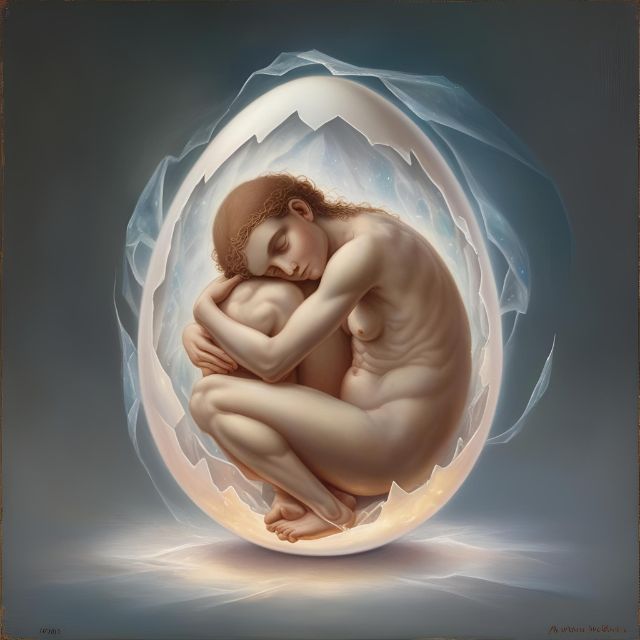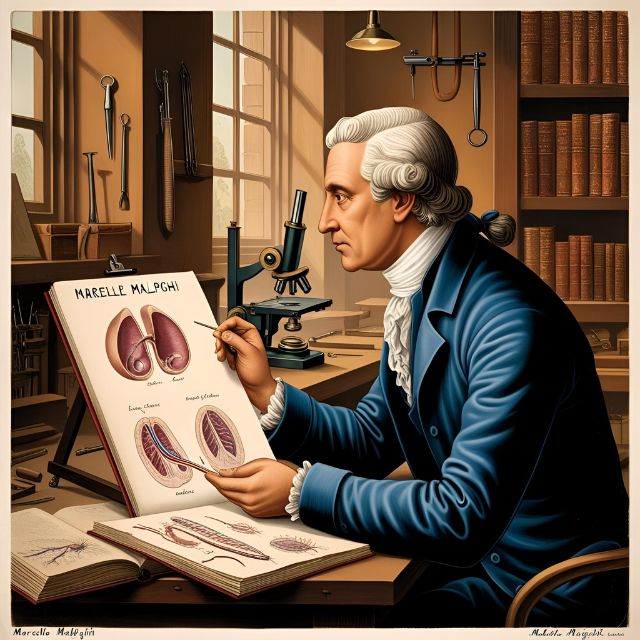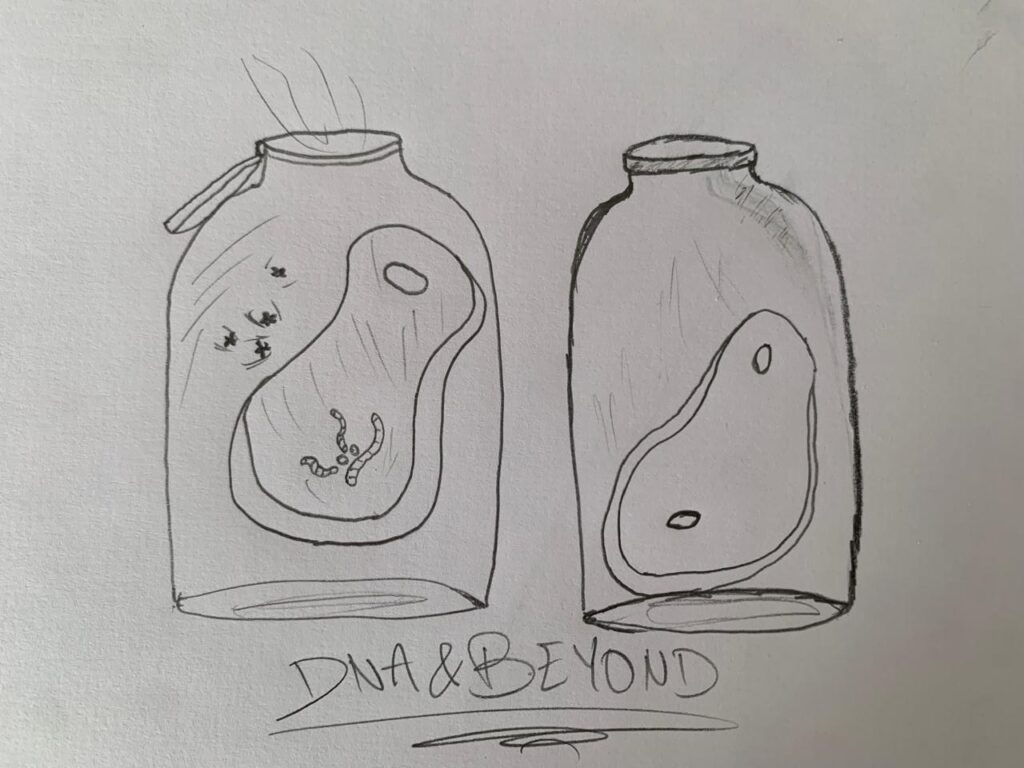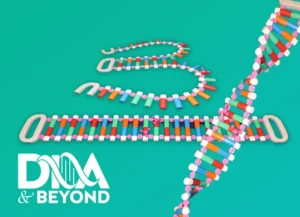Imagine cracking open a rotten log and seeing maggots wriggling inside, or noticing frogs suddenly appearing in a drying pond. For centuries, naturalists and philosophers observed these kinds of phenomena and asked: Where does life come from? Could living creatures simply pop into existence from non-living matter? Or did all life come from tiny versions of itself, already pre-packaged with its future form?
These questions sparked intense debate throughout history, long before microscopes or DNA were available to provide answers. Two of the most influential theories to emerge were spontaneous generation and preformationism. Though both are now outdated, understanding these ideas offers a window into how humans have wrestled with the mysteries of life—and how science eventually triumphed through careful observation and experimentation.
Spontaneous Generation
Spontaneous generation was based on the seemingly sudden appearance of living organisms from non-living matter seemed to be a common occurrence. Consider how maggots would materialize on spoiled food, or how small creatures would populate stagnant water after a period of rain. To early observers, these events suggested that life could arise spontaneously under certain conditions.
However, spontaneous generation presented a significant challenge when considering how offspring resembled their parents. If life arose from non-living material, there was no clear mechanism to explain the transmission of specific traits across generations. It didn’t explain heredity—how baby animals looked like their parents or inherited traits like color or behavior. If life could just form randomly, where did specific traits come from?
Preformationism
In contrast, preformationism, which gained prominence in the 17th and 18th centuries, offered a different perspective, particularly on the inheritance of characteristics. This theory posited that all living organisms were created in a preformed, miniature state from the beginning of time. These tiny, complete individuals were believed to reside within the reproductive cells, either the sperm (in the “spermist” view) or the egg (in the “ovist” view). Development, then, was simply a matter of these miniature beings growing larger.
Preformationism provided a seemingly direct explanation for heredity: the miniature organism carried the traits of the parent. However, it struggled to account for the blending of traits observed in offspring and the complex process of development from a single fertilized cell.

Marcello Malpighi and the Microscopic World
During the 17th century, a pivotal figure emerged who would significantly influence the understanding of life and development: Marcello Malpighi (1628-1694). An Italian physician and biologist, Malpighi was a pioneer in the use of the newly invented microscope to study the intricate structures of both plants and animals. His meticulous observations laid the foundation for the field of microscopic anatomy or histology – the study of tissues at a microscopic level.

Living during the Scientific Revolution, a period marked by a shift towards empirical observation and experimentation, Malpighi embraced the microscope as a tool to explain the complexities of the natural world. His work spanned various biological domains. He identified capillaries, the tiny blood vessels connecting arteries and veins, thus providing the missing link in William Harvey’s theory of blood circulation. He also described the structures of numerous organs, including the lungs, liver, kidneys, and spleen, often being the first to detail their microscopic organization.
Malpighi’s curiosity extended to the study of how organisms develop. His investigations into the embryology of the chicken were particularly groundbreaking. He carefully examined chick embryos at different stages of development under the microscope, Malpighi documented the gradual formation of organs and structures. These detailed observations provided compelling evidence against the idea that development was simply the enlargement of a preformed miniature. Instead, his work suggested a process of progressive formation of new parts over time.
However, it is important to note that Malpighi’s observations hinted at a developmental process, he interpreted his findings through the prevailing lens of ovist preformationism. He believed that the egg contained a preformed, albeit minute and transparent, version of the adult organism, and that development was the process of this pre-existing structure unfolding and growing. His detailed drawings of early embryonic structures were later used by proponents of preformationism to support their views.
In this way, Malpighi helped science move forward with rich observational data—but held it back by clinging to philosophical ideas that conflicted with his own findings. His reluctance to abandon preformationism entirely shows how deeply ideas can persist, even in the face of new evidence.
Testing Hypotheses: The Rise of Experimental Biology
Both theories were rooted in observation, but they relied on incomplete evidence. Redi’s experiment was a turning point for spontaneous generation because it introduced a controlled test. By preventing flies from reaching the meat, he showed that maggots didn’t just “appear.” This cause-and-effect reasoning—life comes from life—paved the way for the concept of biogenesis, the idea that all living things arise from other living things.
While preformationism dominated explanations of heredity, others began to test the idea of spontaneous generation through controlled experiments.
The Principle of Biogenesis
The principle of biogenesis—that life comes only from pre-existing life—did not appear all at once. It emerged gradually through a series of increasingly rigorous experiments that challenged the idea of spontaneous generation.
The scientific principle of biogenesis states that life can only arise from pre-existing life, not from non-living matter.
It began with Francesco Redi, who showed in the 17th century that maggots did not arise from rotting meat itself but from eggs laid by flies. This experiment refuted spontaneous generation for visible organisms.

A century later, scientists like Lazzaro Spallanzani boiled nutrient-rich broths and sealed them in flasks. No microbial growth occurred—suggesting that microorganisms didn’t form spontaneously, but critics argued that sealing the flasks also excluded “vital air.”
Finally, in the 19th century, Louis Pasteur’s swan-neck flask experiment delivered a decisive blow. His flasks allowed air in but trapped dust and microbes in the bent neck. As long as the flask remained upright, no microbial life developed. But if the broth was exposed directly to air and dust, it teemed with life.
These results showed:
- Contamination came from particles in the air, not from the broth itself.
- Life appeared only when life-containing agents (microbes) were introduced.
Thus, biogenesis emerged as a conclusion supported by experimental evidence. Pasteur’s work marked the official death of spontaneous generation in the scientific community and helped lay the foundation for modern microbiology, germ theory, and sterilization practices.
The historical debates between spontaneous generation and preformationism, while ultimately leading to superseded theories, were crucial in shaping the trajectory of biological thought. They represent early attempts to grapple with fundamental questions about life’s origins and the transmission of traits. The eventual rejection of these ideas, based on accumulating experimental evidence and logical inconsistencies, paved the way for the development of modern biological principles.
The acceptance of biogenesis, solidified by the work of scientists like Redi and Pasteur, established a foundational principle in biology. Similarly, the decline of preformationism and the growing understanding of embryonic development set the stage for the fields of embryology and genetics. The later work of Gregor Mendel on the mechanisms of inheritance provided a powerful and accurate explanation for how traits are passed from one generation to the next, resolving a key question that neither spontaneous generation nor preformationism could adequately address.


